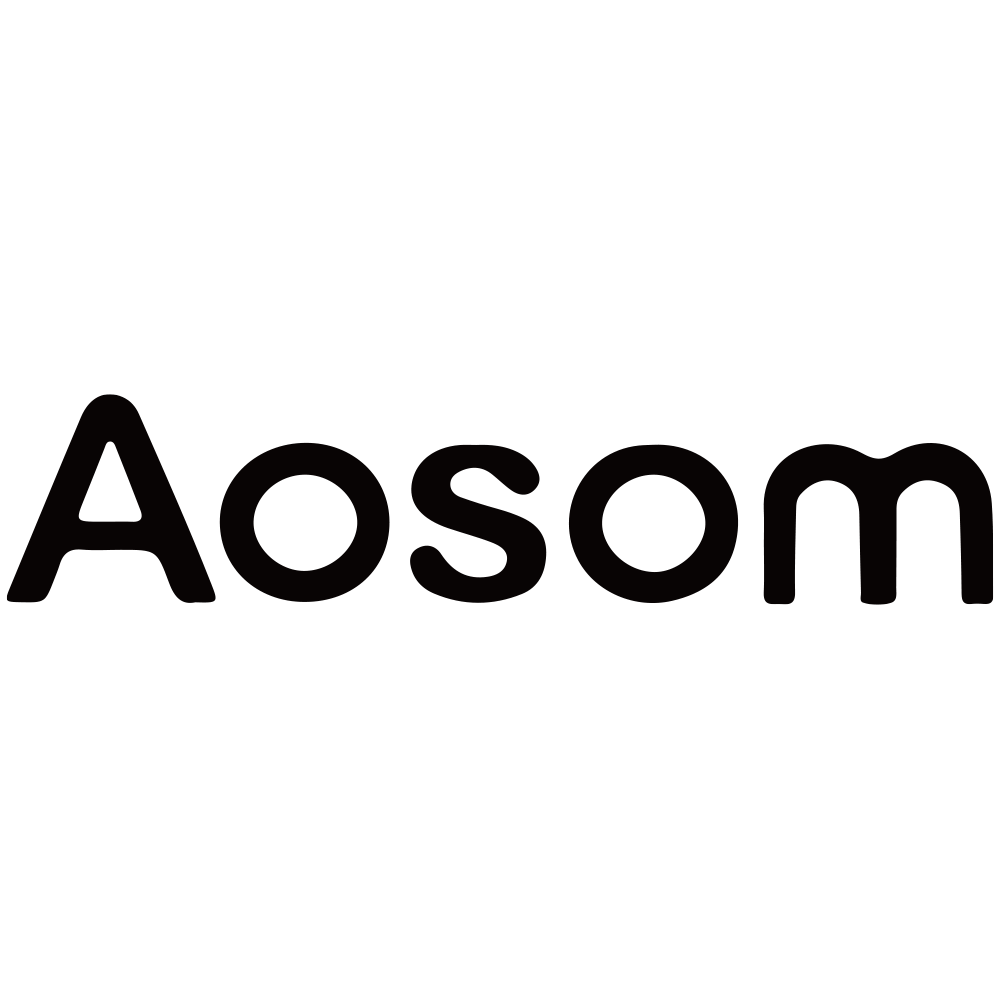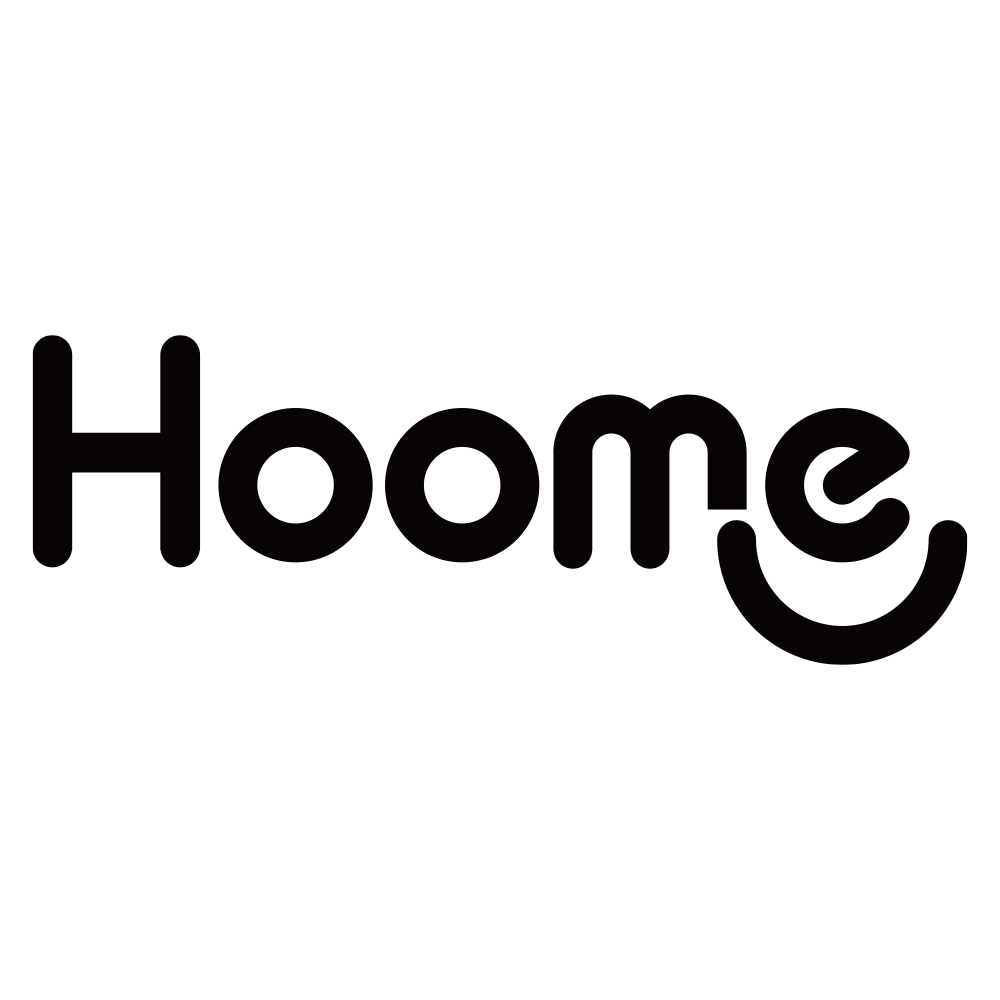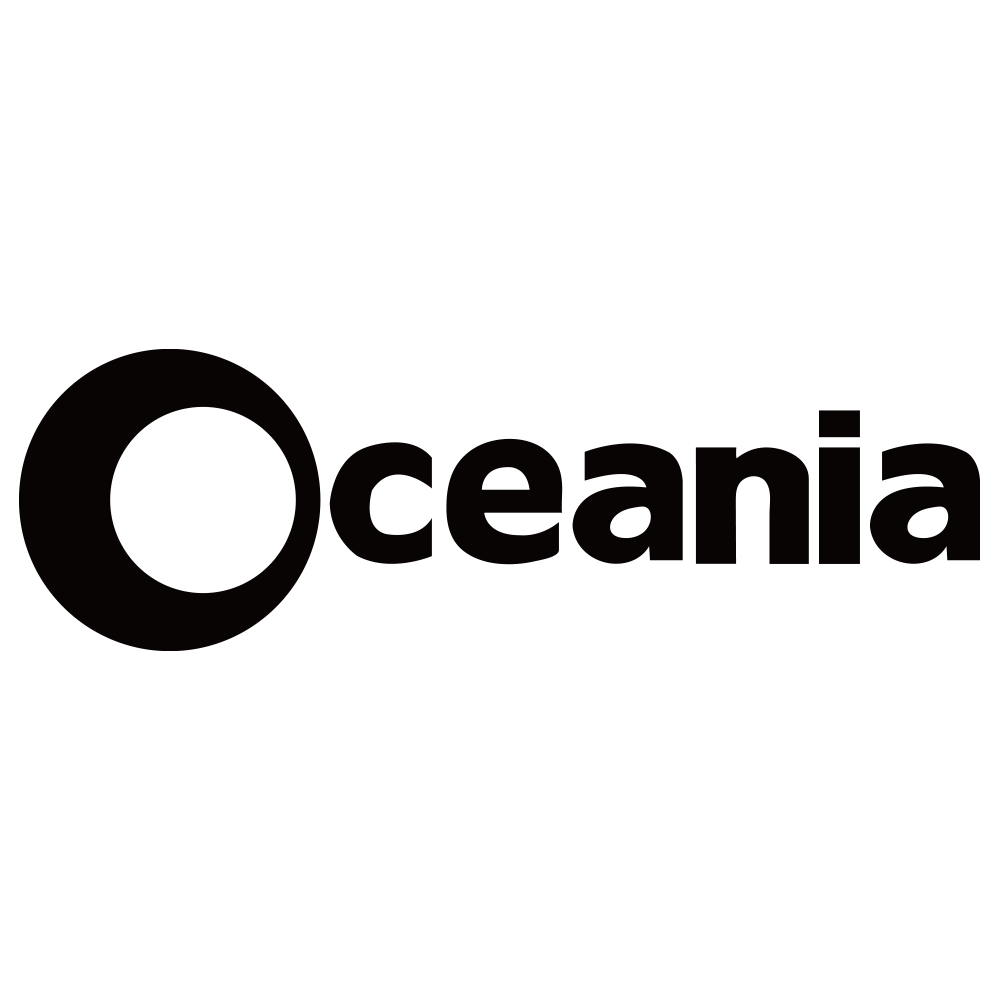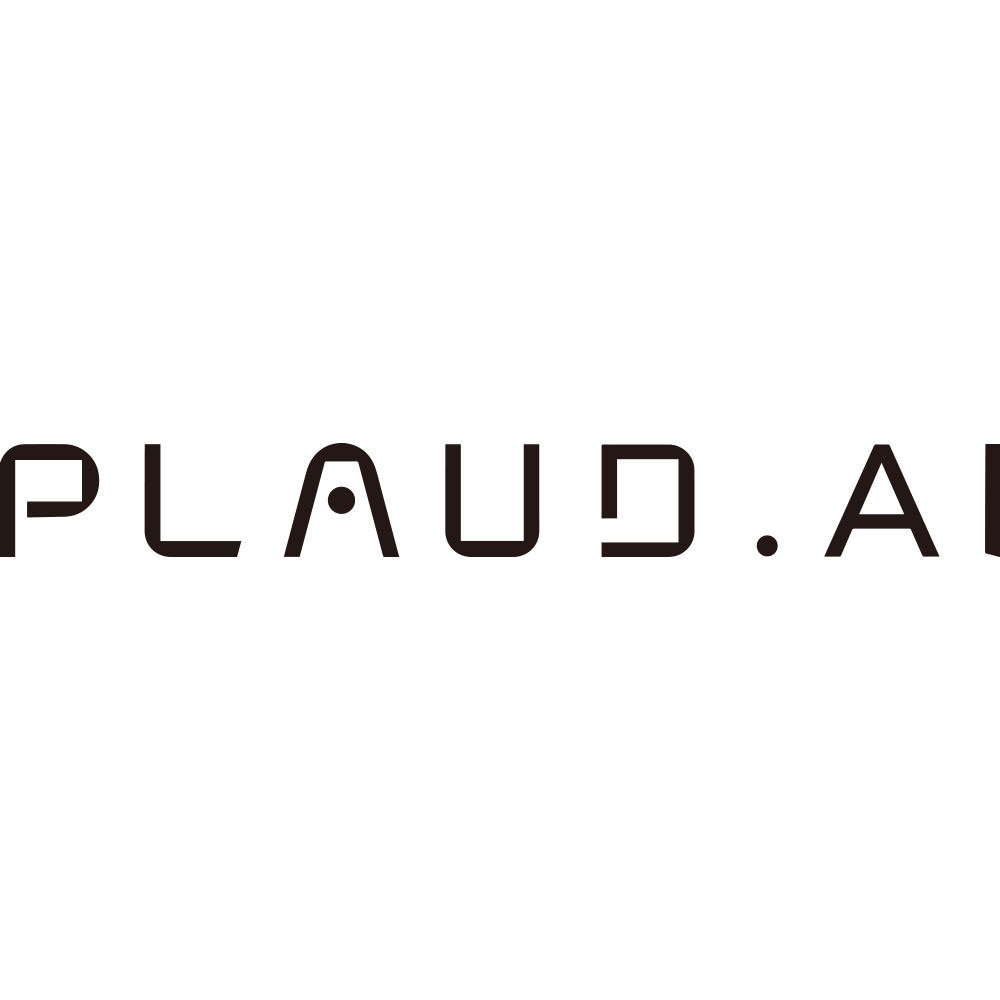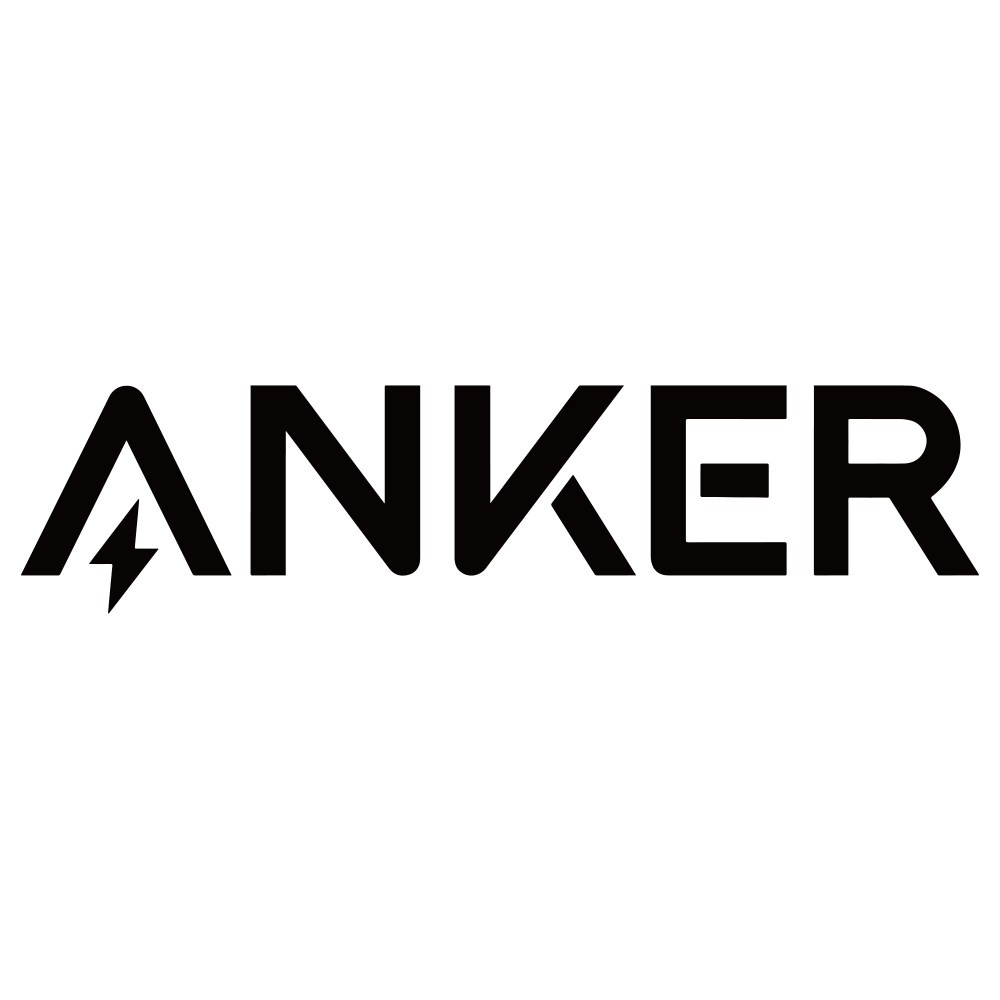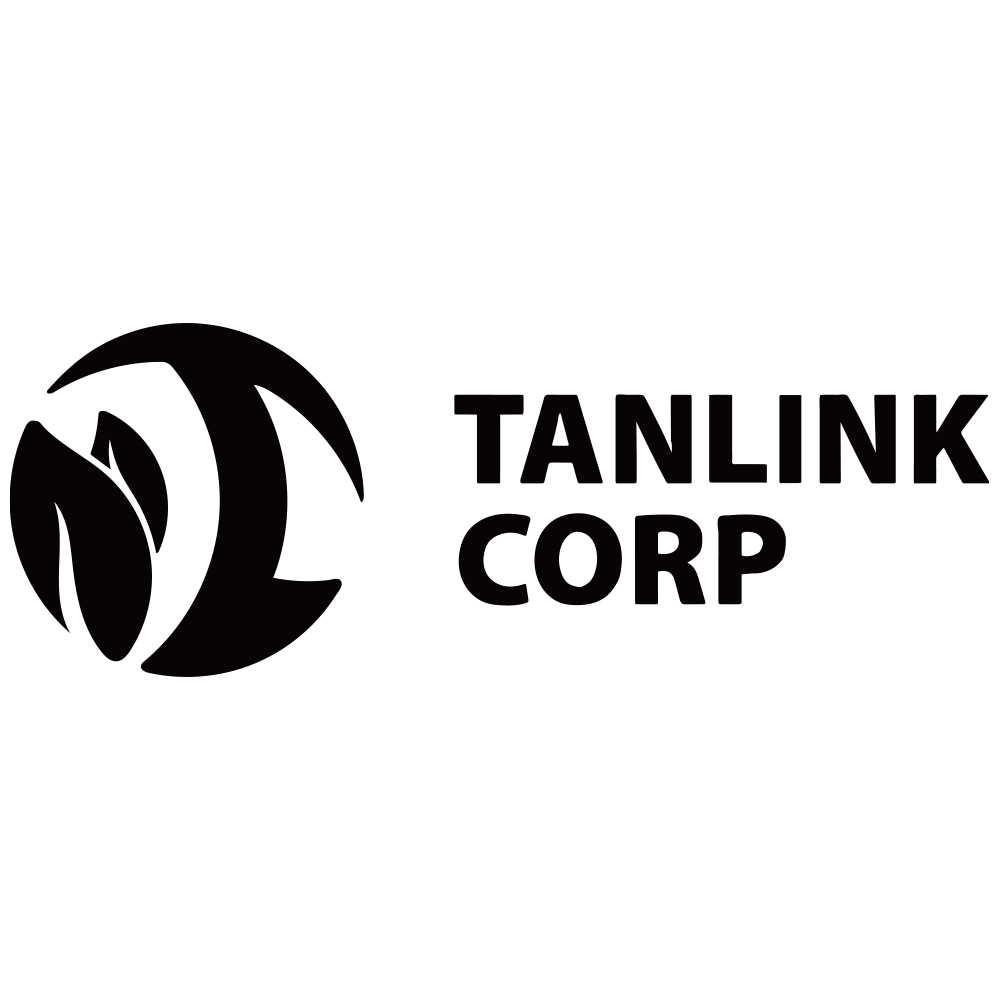We are well into 2025. The idea of an AI employee is now real. It is quickly becoming a key part of top teams in many fields. This marks a major change in how companies function. It promises huge gains in speed, output, and new ideas.
Definition of an AI Employee
An AI employee means smart digital systems built to do jobs on their own. They make workplaces more efficient and collaborative. Older bots or simple tools just followed set rules. AI employees are flexible. They can make choices like people. They grasp and even adjust to shifting business needs and targets. They use complex tech like machine learning, natural language processing, and large language models. This lets them "think," learn, reason, and suggest creative answers. In short, an AI employee is a smart digital worker ready to tackle specific jobs, solve hard problems, and work smoothly with other AI helpers and people.
The Rise of AI in the Workplace
Using AI at work has sped up amazingly fast. Artificial intelligence is changing things as much as the steam engine did long ago. It is also like the internet years back in how it can reshape industries and information access. Companies everywhere are adding AI to improve and grow their work. By March 2025, AI tools became very useful in many areas, like HR. They let teams collect, sort, and study big sets of data. This leads to smarter choices and better ways of working. The long-term AI chance is huge. Experts value it at $4.4 trillion in extra output growth from business uses.
Why Businesses Are Adopting AI Employees
Companies are using AI employees for strong reasons. These focus on making work better and pushing planned growth. The main plus points include:
- Better Speed and Output: AI makes tasks quicker. It speeds up finding talent, boosts involvement, and lowers staff leaving. This gives a superior worker experience. It allows teams to gather, arrange, and break down big data chunks. They make wiser choices and improve work methods.
- Lower Expenses: By handling routine, time-heavy tasks automatically, AI cuts costs a lot. This includes managing different activities, like worker relations and human resources. It saves time, money, and possible legal fees.
- Easy Growth: AI employees work all day and night. They don't need breaks, days off, or have human limits. This lets businesses handle more demand efficiently.
- New Ideas: Building an AI staff is the height of innovation for 2025. It empowers companies to try new methods. It also frees up people for creative and strategic work.
- Choices Based on Data: AI gives fast, simple access to key facts. It studies huge data amounts that would take people hours, days, weeks, or even longer. This leads to better-informed choices.
The Current Landscape of AI in the Workforce
Even though many see AI's potential, real use has been mixed. A big study showed that nearly half of groups had no active AI projects by July 2025. About 35% were just testing. Only 1% said they used the tech widely. Another 1% had deep AI use. However, things are shifting. Human resources, worker relations, and AI are coming together in real ways. This pushes businesses to seriously look at how they can work together.
Key Features of AI Employees
AI employees stand apart from older software or simple tools. They have modern traits that let them work with amazing skill.
Autonomy and Decision-Making Capabilities
A key trait of an AI employee is its independence. These systems can make their own choices, plan, and adjust to meet goals without constant human help. This goes beyond just doing tasks. It means reading situations and picking the best action using learned patterns and live data. For example, agentic AI can talk to a customer. Then it can handle a payment alone, check for fraud, and finish shipping.
Continuous Learning and Adaptation
AI employees are not fixed tools. They are made for ongoing learning and change. They learn deeply and independently from how people work. They keep growing to manage new problems and customer issues. This means the more an AI employee works, the sharper it gets. It improves its answers and accuracy over time without needing constant reprogramming. This feature makes sure the AI system stays useful and effective as business needs and data shift.
Seamless Integration with Human Workflows
Another vital part of AI employees is fitting right into current tools, systems, and work methods. This plug-and-play setup means businesses see gains fast without big tech hurdles or work stoppages. They are built for teamwork where people watch and give feedback. This lets the AI improve methods and work next to human staff to lift total output.
Multi-functional Applications Across Industries
AI employees are not stuck in one job or area. They are built to do many things. They can manage various tasks across sections like customer help, HR, money, sales, and promotion. This wide skill makes them flexible helpers, ready to step in wherever needed, like a utility player on a team.
AI Employees vs. Traditional AI Tools
The difference between an AI employee and older AI tools is mainly in what they do, how they interact, and how deeply they manage tasks.
Key Differences in Functionality
Older AI tools often do specific, narrow jobs. AI employees are made for wider work and more complex, joined actions.
Proactive vs. Reactive Operations
Older AI tools often work reactively. They answer specific inputs or run set automations. AI employees are proactive. They can use predictive guesses based on past data to spot trends and guess needs. This allows early steps and strategic moves. For example, a sales AI employee can find possible buyers and build relationships before a human sales team even talks to them.
Human-like Interaction vs. Scripted Responses
Old chatbots or basic AI tools often use set answers. This leads to stiff, unnatural talks. AI employees, powered by modern NLP, grasp context, tone, and feeling. This allows talks like people have. They can give replies with human-level accuracy and care, making chats feel natural and personal. Tools like Interviewer AI even study speech, tone, and face expressions to understand skills and personalities better.
End-to-End Task Management vs. Single-Task Automation
Older AI usually automates single, repeated jobs. An AI employee, however, can manage whole processes start to finish. They actively join in and run entire tasks. In hiring, for example, an AI employee can handle everything from finding candidates to starting them, not just sorting resumes. This full method allows a smooth work process where the AI employee manages many linked steps.
Comparative Advantages of AI Employees
The benefits of an AI employee over older tools come from their modern skills:
- Amazing Speed: They can handle huge data amounts and do tasks super fast, greatly lifting overall work speed.
- Lower Costs: By taking over jobs needing big human effort or many special tools, AI employees can lead to large savings.
- Better Growth: Their constant presence and ability to manage high task volumes at once let businesses grow without matching rises in human staff.
- Boosted Innovation: By automating dull tasks, AI employees free up human experts to focus on creative, strategic thought, and new ideas. This pushes what's possible in a business.
The Role of AI Employees in Modern Workplaces
AI employees are changing modern workplaces deeply. They alter how tasks are done, choices are made, and teams work together.
How AI Employees Function
AI employees fit into daily work in several key ways:
Automation of Repetitive Tasks
One of the fastest and biggest jobs of an AI employee is handling routine, time-heavy admin tasks. This includes data entry, scheduling, email replies, document handling, and report making. By taking these boring jobs, AI employees cut manual work for human teams. This lets people focus on harder, strategic, and creative activities.
Data Analysis and Decision-Making Support
AI employees shine at processing and studying big data from sources like surveys, feedback tools, and performance numbers. They can find patterns, trends, and useful insights humans might miss. This helps HR heads and other pros make smart, data-based choices. This also covers predictive guesses, where AI can spot possible problems like burnout or disinterest, allowing early steps.
AI-Human Collaboration Models
The future of work sees a "superagency" where people and machines team up to raise personal output and creativity. AI employees are made for this teamwork. They act as smart helpers, boosting human skills, not replacing them. While AI can handle complex math and data work, big choices needing human sense, care, and strategic thought go to people. This joint model lets each side—AI and human—focus on what they do best, making highly effective teams.
Key Industries Using AI Employees
The effect of AI employees is wide, changing various fields and job areas.
HR & Recruitment
AI employees are greatly simplifying HR and hiring steps. They can:
- Resume Screening: Scan and rank resumes, cutting bias in first candidate picks.
- Finding and Matching Candidates: Spot the best fits automatically by studying profiles and guessing job match.
- Planning and Setting Up Interviews: Design unique interview steps, arrange talks well, and talk to candidates in a human way.
- Talent Management: Offer custom career paths, guess skill changes, and find staff at risk of leaving.
- Tracking Worker Feelings: Study emails, surveys, and notes to measure mood and better workplace culture.
- HR Help Desk Automation: Handle FAQs and worker questions on rules, starting jobs, and involvement.
Leading HR tools using AI employee skills include Sembly AI, HireVue, Paradox (Olivia), Pymetrics, Eightfold AI, X0PA AI, Leena AI, Hiringagents AI, Interviewer AI, and Phenom's X+ Agent Studio and Talent Companion.
Customer Service
AI employees are changing customer help by giving instant, constant support in many languages. They manage questions, fix issues, cut reply times, and give custom tips. These AI chatbots use natural language processing. They grasp context, tone, and feeling, going past basic answers to guess needs and give active help. Solvea AI Agent is a prime example. It can manage thousands of chats at once with human-level accuracy and care.
Corporate Training & Development
AI employees improve company training by making custom learning paths based on individual worker profiles, skill gaps, and learning likes. They can add game-like parts, give steady feedback, and act as constant virtual guides or chatbots to answer questions and lead learners. This scalable method keeps quality steady across big teams. It also lowers overheads by automating tasks like scheduling and grading.
Sales & Marketing
In sales and promotion, AI employees act as strategic partners in choices and doing. They can:
- Targeted Outreach: Find key prospects, do research, and make super-personal multi-channel contact.
- Predictive Guesses: Focus on leads most likely to buy using live customer action study.
- Campaign Tuning: Change plans on the fly using live performance numbers and create content.
- Content Making: Write blog posts, social updates, and sales emails in brand voice and for search engines.
Tools like Jason AI (for sales) and HubSpot's AI marketing agent show the power of AI employees in these areas.
Benefits of AI Employees
Using AI employees well brings many gains beyond just work improvements. It creates a faster, more creative, and people-focused workplace.
Increased Efficiency & Productivity
AI employees give amazing levels of speed and output by automating repeated and routine tasks. This greatly cuts the time human teams spend on admin work. It lets them put their energy into higher-value, strategic, and creative work. For instance, automating resume sorting and interview setting frees up recruiters to focus on building bonds and smart hiring.
Cost Savings & Scalability
By taking on jobs usually needing human action, AI employees help save costs a lot. They can manage high task volumes at once and work constantly without breaks, days off, or extra benefits linked to people. This built-in growth lets businesses expand and handle more demand without matching rises in human staff. This makes the best use of resources.
Enhanced Employee Experience
Oddly, by managing the boring, AI employees lift the whole worker experience. They free up staff to focus on important work that fits their interests and strengths. This leads to higher job happiness. AI tools also offer custom learning and growth chances, fair feedback, and support for well-being. This builds a more supportive, open, and effective work setting. Clear and fair steps, backed by AI's neutral view, make sure talent is seen for skills and potential. This lifts worker happiness and trust.
24/7 Availability & Reduced Human Error
AI employees can give constant support for business actions, working non-stop without tiring. This steady help is extra good for global work or customer service. It makes sure support and replies keep going. Also, their careful way with tasks cuts human mistakes a lot. This improves steadiness and accuracy in doing jobs. This is key for sensitive work like data handling and money study.
Challenges & Ethical Considerations
Even though AI employees can change things deeply, adding them to the workforce also brings big hurdles and ethical issues. Businesses must tackle these head-on.
Potential Risks
Using AI employees without careful thought can lead to several problems.
Job Displacement Concerns
One big worry is that jobs might be lost. As AI automates thinking tasks and whole job roles, some positions might fade. This worry can make workers doubtful or uneasy about using AI. While AI is meant to boost speed, not replace human experts, companies must accept and plan for staff rebalancing and retraining to lessen these effects.
Bias in AI Decision-Making
AI employees are only as fair as the data they learn from. If training data shows past biases, the AI system will keep and even worsen those biases. This is especially true in key areas like hiring and performance checks. This algorithmic bias can cause unfair or wrong results. It harms fairness in hiring, reviews, and moving up, and raises rule checks.
Data Privacy & Security
AI employees manage vast amounts of private worker and customer data. This raises big worries about privacy, secrecy, and data safety. Without strong guards and rule following, the chance of data leaks, misuse, or illegal access is high. Firms must ensure AI systems follow changing data privacy rules like CPRA and use strong cybersecurity steps.
Best Practices for Ethical AI Use
To handle these hurdles and ensure good AI use, businesses must stick to key ethical rules.
Transparency in AI Operations
Open and honest talk with workers about how AI employees are used in hiring, reviews, and work watching is vital. This includes clearly telling why AI is being used, what its effect will be, what data is gathered, and how it will be used. Giving workers access to their AI-made data and ways to voice worries helps build trust and acceptance.
Human Oversight & Accountability
AI employees are tools to help, not replace, human sense and care. Human watching is key, especially for big choices like hiring, promotions, or fixing conflicts. By putting human oversight into every stage, groups keep care, fairness, and answerability. HR pros keep the key thought and human touch needed for strategic plans and worker reviews.
Compliance with Regulations
Businesses must ensure all AI employee use follows current and changing data privacy rules and job laws. This means teaming with legal and rule teams to set clear guides, do regular checks for bias and bad effects, and use strong data safety steps like coding. Active work with rule frameworks helps avoid legal risks and ensures ethical use.
Top AI Tools Shaping the Workforce (2025)
The market for AI-powered automation tools has many answers made for different business tasks. Here are key examples changing the workforce in 2025.
AI for Customer Service
In customer help, AI employees are changing support giving. Solvea AI Agent stands out as an all-in-one AI support helper. It offers instant, constant, multi-language customer help with human-level accuracy and care. It learns on its own from how human helpers work. It manages complex questions with high accuracy and can handle thousands of chats at once. Solvea automates FAQs, sends tickets, gives order facts, and even offers smarter pre-sales tips. This greatly cuts wait times and service costs.
AI-Powered Sales & Marketing Tools
AI employees are redefining sales and promotion plans:
- Jason AI: An AI sales helper that automates key sales steps from finding prospects and study to super-personal multi-channel contact and reply handling. It helps sales reps focus on leads most likely to buy using predictive guesses.
- HubSpot's AI Marketing Agent: Changes plans on the fly using live performance numbers, makes and runs content, and handles social media.
- Merlin AI: Acts as a digital promotion helper for making blog posts, social content, and keyword groups for search engines.
Cross-Industry AI Solutions
Some AI employee platforms offer wide uses across many fields:
Lindy: Makes smart and scalable AI staff answers, called "Lindies." These AI digital workers join generative AI with large language models to automate tasks like data entry, scheduling, email replies, and report making. They fit smoothly into current tools and are made for teamwork. Lindy serves areas like health, money, customer help, and moving goods.
HR-Specific Tools (Recruitment, Engagement, Training)
The HR scene has many special AI employee tools:
- Sembly AI: Gives AI-driven meeting smarts for HR teams. It automates complex steps, gives meeting notes and summaries, and offers full HR study, worker feeling tracking, and predictive staff planning.
- HireVue: Focuses on AI-driven candidate checks through modern video study. It looks at skills, personality, and emotional smarts.
- Paradox (Olivia): A talking AI virtual helper that automates high-volume hiring tasks like screening, setting interviews, and answering candidate questions.
- Pymetrics: Uses AI-powered action tests to match candidates with roles fitting their thinking and feeling traits. It aims to lower staff leaving.
- Eightfold AI: Focuses on custom career paths and predictive talent handling. It helps future-proof the staff.
- X0PA AI: Offers bias-free, data-driven hiring with AI-assisted candidate matching and performance review.
- Leena AI: Automates HR help desk jobs with an AI chatbot. It fixes worker questions well across many sections.
- Hiringagents AI: Makes hiring smoother by smartly studying candidate profiles, guessing job fit, and guessing when passive job seekers might look for new roles.
- Interviewer AI: An AI-powered video interview site that checks talking skills, confidence, and possible red flags in applicants. It automates first screening.
- Phenom AI: Offers a full platform with AI-powered tools for personal touch, smart search, talking chatbots, talent CRM, interview scheduling, screening, and useful insights. These lift the whole talent journey from hiring to keeping. Phenom X+ Agents boost AI skills by actively improving prompts and choices across hiring and keeping steps.
Implementing AI Employees in Your Business
Adding AI employees well to your group needs a planned way. It must cover checking, picking, and ongoing training.
Steps to Integrate AI Employees
A clear process ensures good use and gets the most from your AI staff.
Assessing Business Needs
Before using any AI employee answer, do a full needs check. Clearly list the specific HR pains or business problems you want to fix. Examples are making hiring smoother, improving worker keeping, boosting staff study, or lifting customer help speed. This finding is key because AI employees vary in focus and skills. For example, if your goal is to grow your sales funnel, think about AI helpers like Jason AI.
Choosing the Right AI Tools
Picking the best AI employee tools is vital. Think about platforms that fit your specific needs and fit smoothly into your current tech, like ATS, pay systems, or CRM. Look at features like natural language processing, machine learning methods, and bias checks. Focus on answers that are clear in their results and have obvious, checkable choice steps. Look for adjustable work methods and growth to change as your staff and work grow. Don't just look at new AI features in fresh answers. Remember many proven, efficient answers already exist for automating HR tasks.
Training Employees for AI Collaboration
For good AI use, invest in teaching and upskilling your human staff. Workers need the skills and knowledge to use AI employee tech well. They must know how to work with them. Give formal training programs, workshops, and resources to boost AI know-how and build trust. Creat

